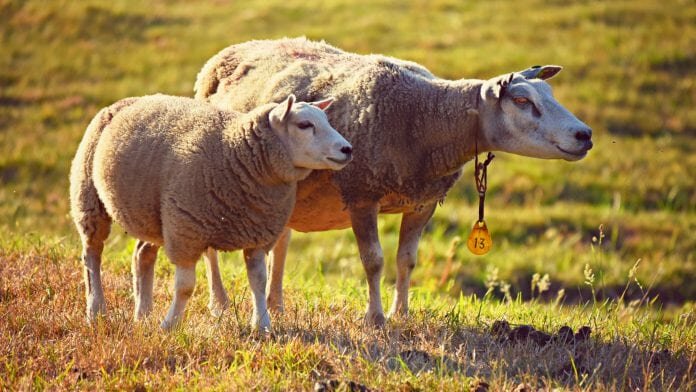
The European Commission will loosen its rules around farming and make rural development payments to farmers more flexible, to support agriculture through Europe’s current heatwave.
The ongoing hot weather in Europe has caused prolonged droughts in many countries, which are adversely affecting a number of elements of the agriculture sector, including the production of arable crops and animal feed, which in turn are creating economic challenges for farmers. The EU aims to address this in a number of ways, from rural development payments to land management.
What will the Commission do to support farmers?
For example, the EU has proposed to loosen its crop diversification and ecological focus areas requirements for land use, to allow more land to be used for the production of animal feed, and may also drop the rules for the production of fodder, which could be of particular benefit for livestock farmers.
In addition, farmers will be able to access 70% of direct payments and 85% of rural development payments in October, rather than waiting until December, in order to improve cash flow during the period of drought. Under the existing Common Agricultural Policy, up to 80% of damages caused by drought can be reclaimed as aid, and compensation up to €15,000 per farmer per three years can be offered without notifying the Commission.
What has the Commission said about the problem?
Commissioner for Agriculture Phil Hogan expressed his concern, and urged relevant authorities in member states to keep in regular communication with the EU to ensure that the specific challenges facing farmers can be met, with the Common Agricultural Policy acting as a safety net.
He explained: “I have been in contact with a number of ministers from affected countries to discuss the situation and get up-to-date assessments of its impact. The Commission… is ready to support farmers affected by drought using a number of instruments, including higher advance payments, derogations from greening requirements and state aid. The Common Agricultural Policy already provides a safety net for farmers who have to deal with unpredictable events.”


















